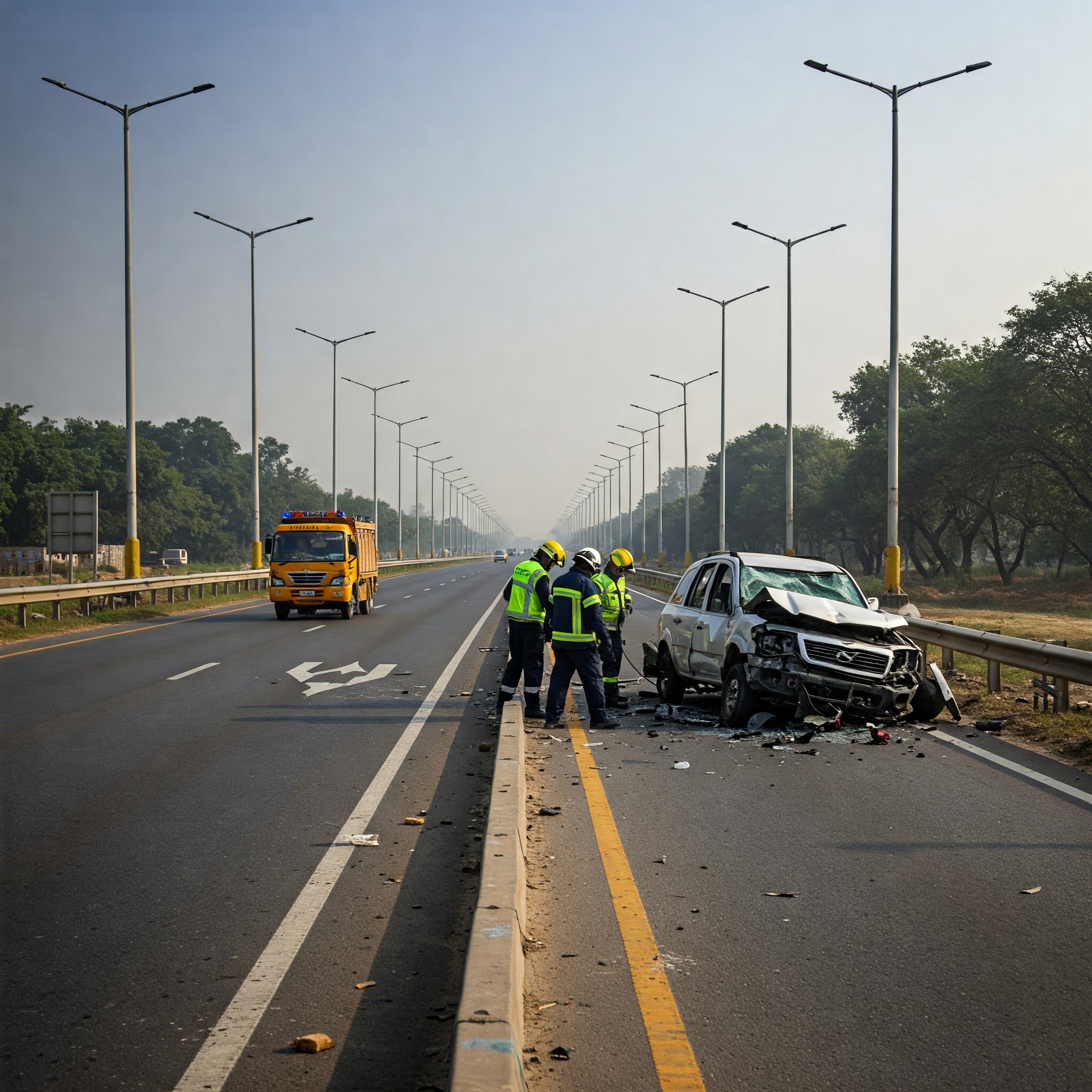
India records a concerning rise in road fatalities amid major investments in road development.
In spite of impressive upgrades in India’s road infrastructure, road accident figures have been increasing steadily. Figures from the Ministry of Road Transport and Highways (MoRTH) indicate that road crashes killed more than 1.68 lakh people in 2022, an increase of 9% over the preceding year. The trend has also carried over into 2023, and with it, pressing questions regarding road safety practices and the efficacy of current regulatory provisions.
Better Roads, But More Risks
India has seen a phenomenal growth in the country’s highway networks and expressways over the last ten years. Flagship programs like the Bharatmala Pariyojana and National Infrastructure Pipeline have resulted in faster, broader, and smoother roads. But the same roads also saw an increase in speeding accidents, especially in Uttar Pradesh, Tamil Nadu, and Maharashtra.
Experts refer to a paradox in which improved roads, intended for traveling at high speeds, are being utilized without proper checks on enforcement of speed rules or driving discipline. As a result, there is a growth in high-impact accidents, particularly between two-wheelers and passenger cars.
Lack of Enforcement and Driver Behaviour
Poor enforcement of traffic rules ranks among the most pressing challenges detected by transport experts. Even in places with dense vehicle populations, such as cities, red-light jumping, driving under the influence, riding without helmets, and seatbelt negation are rife. In rural areas, enforcement mechanisms are absent or under-resourced.
Driver behaviour continues to be a key contributor. Most accidents are caused by human error, such as rash overtaking, sleepy driving, and distraction due to mobile phone use. With growing vehicle ownership exceeding 300 million registered vehicles in 2023 the roads are witnessing an influx of inexperienced or untrained drivers.
Gaps in Road Design and Maintenance
Though national highways have been upgraded in terms of quality, most urban and rural roads remain without proper signages, pedestrian crossings, and dividers. Black spots spots where accidents occur repeatedly are still not being addressed properly. As per government statistics, more than 5,600 black spots had been identified up to 2023, but corrective measures have been taken in only a small percentage of them.
Poor road maintenance is another cause. Potholes, particularly during the monsoon season, cause vehicle skidding and loss of control, especially in the case of two-wheelers. Encroachment on the roadsides and inadequate lighting also add to the risk, particularly at night.
Two-Wheelers and Vulnerable Road Users at Higher Risk
Two-wheeler drivers are responsible for more than 40% of road deaths in India. Helmet use, overloading, and wrong-side driving are the most prevalent violations. Pedestrians and cyclists also remain at high risk despite government initiatives under programs like Smart Cities Mission due to insufficient footpaths and safe crossings.
Rapid urbanisation and mixed traffic patterns further complicate the safety of non-motorised users. Infrastructure improvements often prioritise motor vehicles, leaving vulnerable road users behind.
Need for Integrated Road Safety Strategy
Although infrastructure development has been good, road safety initiatives continue to be fragmented. Road construction, law enforcement, education, and healthcare are dealt with by different departments without coordination. Experts call for the establishment of a national road safety authority that will be able to monitor integrated planning, enforcement, and response systems.
The government’s aspiration to cut road deaths by 50% by 2030, as pledged within the United Nations Sustainable Development Goals, seems all the more daunting unless behaviour change and systemic compliance are prioritized in addition to infrastructure.
Conclusion
India’s road network could be growing at a record high, but short of corresponding investment in road safety education, enforcement, and engineering, the dividends of increased connectivity can be clouded by increasing human cost. The increasing fatality rate serves as a cold reminder that better roads do not automatically translate to safer travel.
Also Read: FATF Travel Rule: how India can close the compliance gap in Crypto Regulation




